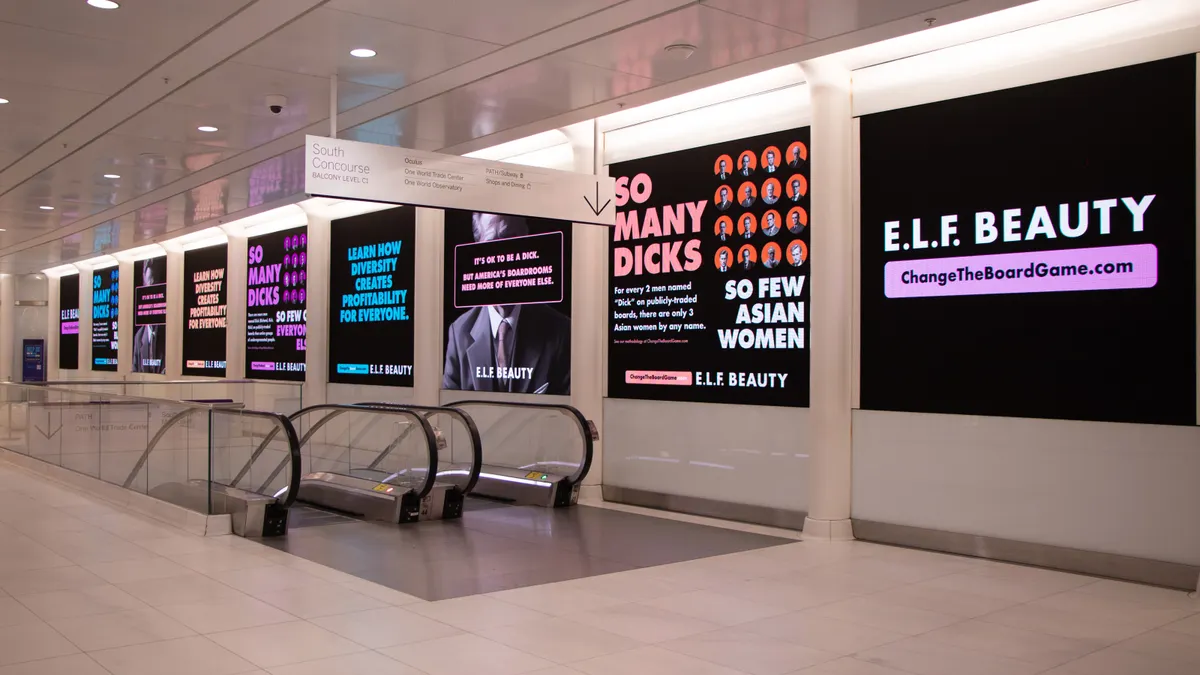Programmatic marketing, native advertising, content curation—these buzzwords are likely on the minds of marketers today. But what does they all mean?
It's easy for new technologies to distract marketers from the objective at hand. Consumers expect more than just one ad campaign per quarter, and a slight misstep can instantly cause a PR nightmare on social media. And as new technologies continue to be integrated into the workplace, it can sometimes feel as if the computer will soon take on all of the work.
While it can be easy to get overwhelmed, there are several themes in the industry that are becoming obvious across the board. As discussed at ad:tech New York last week, here are three 'truths' all marketers and advertisers should not only be aware of, but be proactive about.
1. Consumers call the shots
Back in the good old days—as recently as five years ago—campaigns were executed by marketing professionals putting their heads together to create what they believed to be a quality product. Those days aren't necessarily over, but they may no longer be the norm.
"What we're seeing now is reverse creation, with target audiences dictating what they want to see," said Terry Rieser, Chief Operating Officer at Tag Creative, a branding agency that launched the "em by Michelle Phan" makeup line with L'Oreal. Phan was adamant about her fans having a say in how the product was presented.
"Target audiences are more and more helping create the content you present," Rieser said.
Entertainment giant Live Nation has created curated "artist pages" that are made up of fan photos and social media posts. By giving fans some control of the content, it also "gives the consumer the opportunity to really participate in the concert experience," said Jeremy Levine, senior vice-president of digital sales at Live Nation.
2. Native advertising is just the beginning
Ads that tell stories are not a new concept. But today, it's becoming more popular than ever for brands to create narratives that reach across campaigns and platforms.
"Brands now need to have a story for a particular community and audience," Levine said. "When looked at as content providers, that is when brands really begin to be accepted by customers."
As native advertising becomes more prominent, it will become increasingly important that the content keeps with the target audience's lifestyle.
"In native ads, brands should continually be asking their audience what rules to play by to maintain its relevance," said Sean O'Neal, president of social advertising for Adaptly.
To maintain relevance, traditional media outlets may be the answer that brands didn't realize they had in this new age.
"When Cole Haan wanted to create a native ad surrounding the New York City Ballet, it went to the New York Times, that historically has a strong relationship with the ballet, and was able to create a really powerful piece," said John Nardone, general manager at Rocket Fuel, a media buying platform.
3. The role of marketers will continue to shift
Programmatic marketing, along with other automated technologies, has sent the industry to a dangerous new frontier. While incredibly convenient, it has raised the question of: "What are we supposed to be doing now that a computer is doing my job?"
That question isn't going away anytime soon—but it may not be a bad thing.
"You can now do far more with far fewer people, but agencies will just have to evolve and create more roles for humans to do," Nardone said.
As the role of the average marketer changes, so does that of the CMO.
"CMOs used to only be as good as their last campaign, but these days they are part CTO, [part] COO," said Alan Cohen, co-founder Giant Spoon.
As opportunities to flex marketing muscles can present themselves at any moment across social media, CMOs need to be equal parts organized and opportunistic.
"In some ways CMOs are much like portfolio managers these days, placing bets across the media," Nardone said. "Though they must be able to break out of 'the calendar' to take advantage of a technological breakthrough."
Just like the mid-2000s saw some bemoaning the end of journalism with the rise of the instantaneous information on the web, the emergence of programmatic should not send the industry into a panic.
"All of this automated technology should serve as inspiration—how can we break through the robot?" Cohen said.











